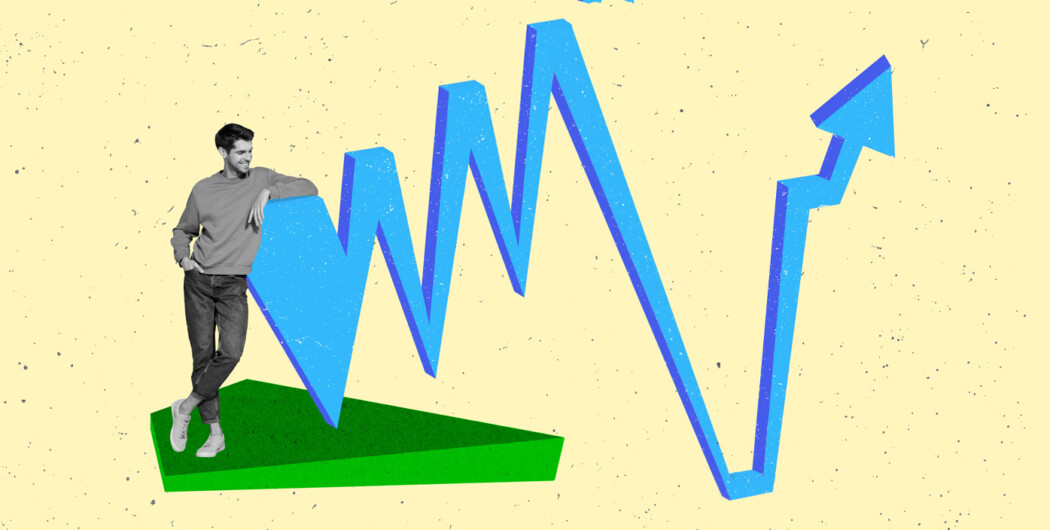

Support and resistance are fundamental trading concepts. Although there are different ways to predict a price reversal, support and resistance are the most reliable tools. If you doubt where to enter and exit the market, you can always rely on support and resistance. Discover where the levels appear, how they affect the market, and how to trade with them.
Support and resistance: fundamentals
Interestingly, there is no accurate information on who developed the support and resistance concept. Chances are, they were first presented in Richard W. Schabacker’s book “Technical Analysis and Stock Market Profits” in 1930. The book included descriptions of various technical tools.
Support and resistance are boundaries where the price usually turns around. They are based on supply and demand.
Support
A support level is always below the price. When supply is larger than demand, an asset’s price declines. However, it can’t always fall. Trends change around. Once the asset reaches its fair value, the demand increases as more traders want to buy it at such a low price. The level of support is a point where demand and supply match.
When the price approaches a support level, it turns up.
Resistance
A resistance level always lies above the price. An asset rises in value when demand exceeds supply. However, the price can’t constantly grow. Knowing this, traders start selling to fix income. As a result, the supply rises, and demand reduces. It’s where a resistance level appears.
When the price reaches a resistance level, it turns down.
How to identify support and resistance levels
If you have never traded, you may be confused, as no data shows when a balance between demand and supply is reached. However, you don’t need it. To determine support and resistance levels, you need to check where the price turned around last time.
The more often the price rebounds from a certain level, the stronger the level will be.
A common belief is that support and resistance are lines. However, they can be presented in narrow ranges. Traders use ranges if the market is too volatile and determining exact points is challenging.
One of the main advantages of the support and resistance method is that you don’t need deep knowledge and complicated tools to find the levels on a price chart. To identify support and resistance, you can draw horizontal lines through previous highs for resistance and lows for support where the price turned around last time.
Besides horizontal lines, you can apply trendlines. Regardless of the trend, an upper line will serve as resistance, while a lower line as support.
Still, you can apply indicators to determine support and resistance. The most effective tools are Fibonacci levels, pivot points, moving average, and Bollinger bands.

How do you trade with support and resistance levels?
It’s not very difficult to trade with support and resistance points. You can use both of them to enter and exit a trend.
- You can buy on a rebound if a price turns up near a support level. Vice versa, you can sell after the price approaches a resistance level.
- Support and resistance are very reliable for exit points. You can close a buy trade at resistance and a sell trade at support.
However, it’s vital to remember that the levels can be broken. Otherwise, the price would always move within a particular range. When the price crosses support or resistance, the strength of its movement will depend on the levels’ strength.
Another exciting feature is that after the price breaks below the support, support becomes resistance. Contrary, when the price breaks above resistance, resistance becomes support.
Summing up
Support and resistance are fundamental trading concepts. They help traders identify entry and exit points. Also, they are widely used to confirm signals of other technical tools. You will trade effectively if you learn how to determine them on a price chart.
Sources:
Support and Resistance Basics, Investopedia
How to Trade Based on Support and Resistance Levels, the balanceS
upport and Resistance in Trading | Definition & Examples | Beginner’s Guide, Fibold







